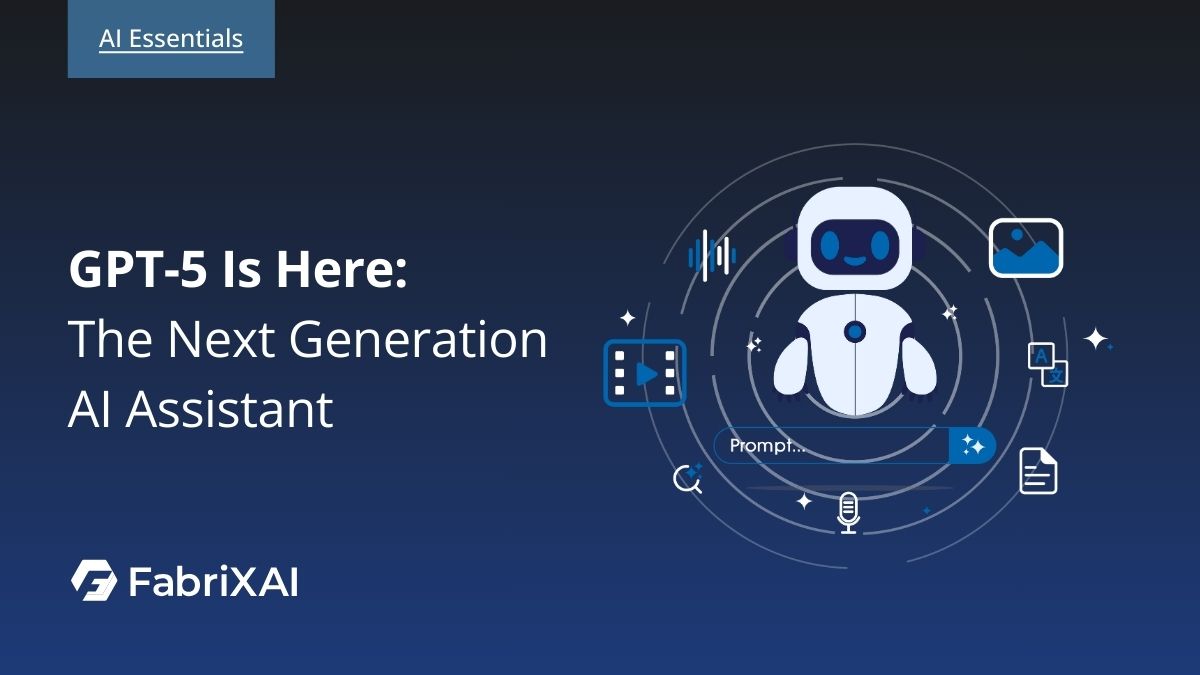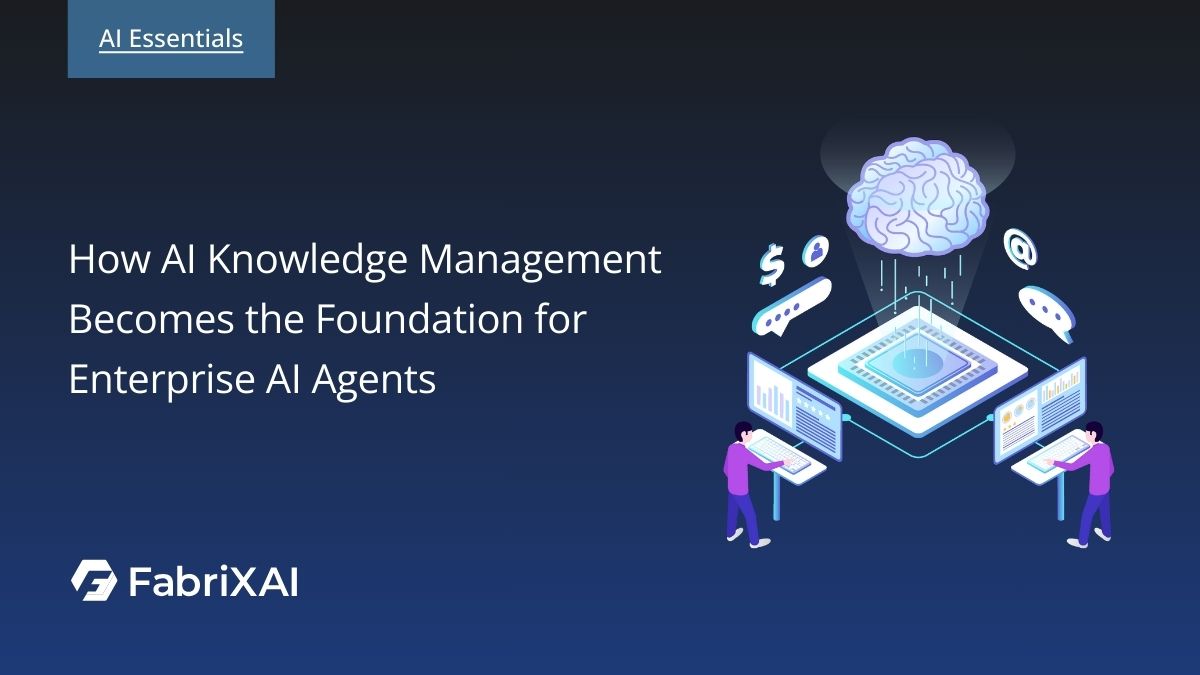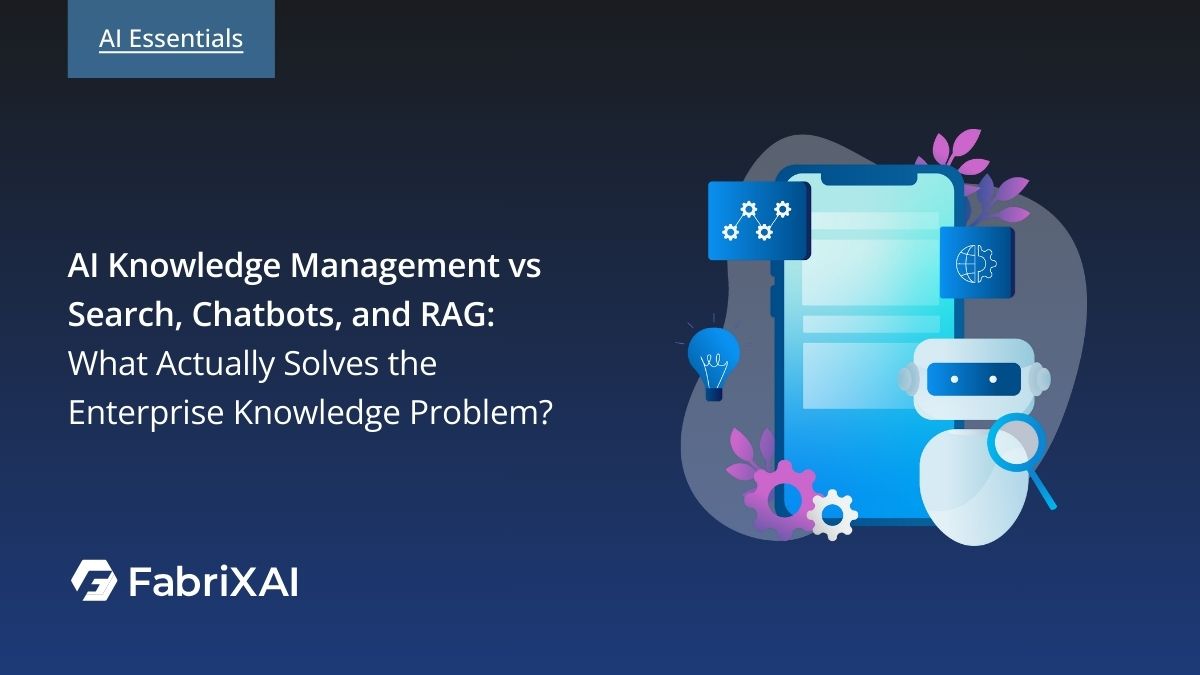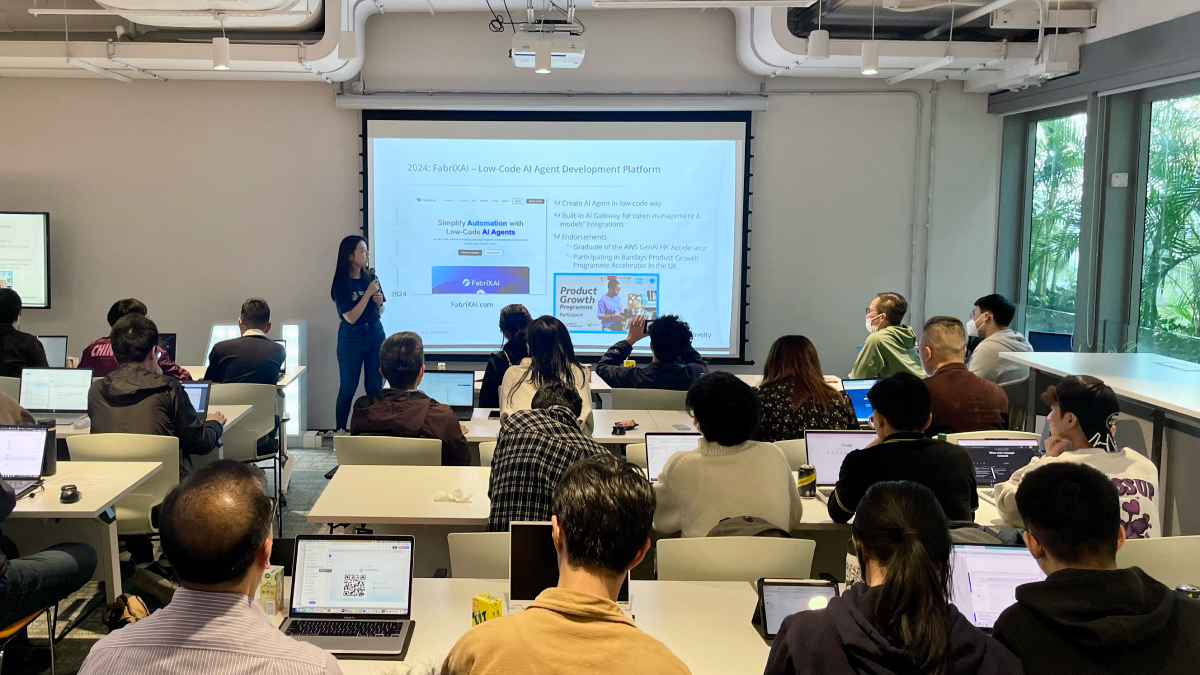GPT‑5 Is Here: The Next Generation AI Assistant

In August 2025, OpenAI launched GPT-5, unifying GPT-4.1, 4.5, and GPT-4 (GPT-4o) into one smarter system. It offers stronger reasoning, improved coding, and higher accuracy in specialized areas like health. GPT-5 emphasizes safety with fewer hallucinations and “safe completions” for sensitive prompts. Designed for flexibility, it can deliver deep, expert-level answers or quick responses for simpler queries. OpenAI calls it their “smartest, fastest, most useful model yet”, aiming to remove the hassle of choosing models while reducing bad information. In essence, GPT-5 puts expert-grade AI in everyone’s hands—more capable, reliable, and easy to use than ever before.
This article will walk you through what GPT-5 is, what’s new and exciting about it, and how you can make the most of it. We’ll explore GPT-5’s unique “multi-brain” architecture, its performance boosts, new customization options, and practical tips for developers and AI enthusiasts alike. We’ll also address early user feedback—the good and the bad—and how OpenAI is responding. By the end, you’ll understand how GPT-5 changes the AI landscape, and why it’s an important step forward (even if not a magical AI utopia yet). Let’s dive in!
What is GPT‑5?
GPT-5 is the latest evolution of OpenAI’s Generative Pre-trained Transformer—the brain powering ChatGPT’s remarkably natural conversations. It’s not just a bigger model; it’s a smarter, more strategic redesign. Instead of relying on one monolithic system, GPT-5 uses a coordinated network of specialized models. A real-time smart router directs each request to the right “expert mode”: a fast, lightweight model for quick, simple questions, or a deeper reasoning model (GPT-5 Thinking) for complex, high-stakes problems. The switch is seamless and automatic, so you get rapid answers when speed matters and thoughtful, nuanced responses when depth is needed—without ever toggling modes yourself.
Beyond being smarter in theory, GPT-5 is built for real-world utility. OpenAI focused on excelling at the tasks people rely on most: writing, coding, research, planning, and even processing images. Trained on a diverse blend of internet text, code, and carefully curated feedback (with strong safeguards against personal or harmful data), GPT-5 does not learn from your live interactions—its knowledge is fixed, with a cutoff in late 2024. Within that scope, it operates like a trusted expert, capable of both wide-ranging insight and deep technical mastery.
So, what makes GPT-5 such a leap forward? Let’s dive into its key new features and improvements.
Key Features & Improvements of GPT-5
GPT-5 brings a host of new capabilities and quality improvements that set it apart from its predecessors. Here are the highlights:
1. Expert-Level Intelligence & Smart Routing
GPT-5 features a “multi-brain” architecture: a fast, efficient base model for simple queries and a powerful reasoning model (GPT-5 Thinking) for complex tasks. A smart real-time router automatically chooses the right mode—quick questions get instant answers, while challenging prompts trigger deeper, step-by-step reasoning. The system learns from usage to balance speed and depth without manual switching.
2. Record-Breaking Performance
GPT-5 posts top scores in math, coding, science, and reasoning benchmarks, often reaching expert-level accuracy. It’s OpenAI’s strongest coding model, capable of building full applications from short descriptions, debugging large codebases, and adding creative UI designs. It solves problems more efficiently, using fewer tokens and less tool access, saving time and cost.
3. Massive Context & Multimodal Mastery
With a context window of up to 256k tokens in ChatGPT (about 200,000 words) and 400k+ tokens via API (roughly equivalent to 300+ pages of texts), GPT-5 can process entire books, large code repositories, or lengthy conversations without losing context. It’s fully multimodal—able to analyze text, images, and audio in the same conversation, with early capabilities in video analysis through frames or transcripts.
4. Smarter, Safer Responses
GPT-5 reduces hallucinations by ~45% compared to GPT-4o, and by ~80% in reasoning mode versus earlier models. Its “safe completions” approach replaces blunt refusals with helpful, policy-compliant partial answers. It’s also more transparent, readily admitting when it lacks information.
5. Creative & Adaptive Communication
From reports to poetry, GPT-5 writes with more nuance, depth, and emotional impact. It tailors explanations to your expertise level—offering layperson-friendly or highly technical insights in fields like law, medicine, and finance (while not replacing professional advice).
6. Personalization & Control
New Personality Modes (Cynic, Robot, Listener, Nerd) change tone instantly. Users can control verbosity, reasoning effort, and style. Voice interactions are more natural and responsive. Developers can define system-level personas, integrate GPT-5 into apps, and benefit from improved tool-calling and API support.
7. Flexible Access & Pricing
GPT-5 is available to free ChatGPT users with message limits, Plus subscribers ($20/month) with higher limits and manual Thinking mode, and Pro users ($200/month) with unlimited use, GPT-5-Pro access, and faster performance. API pricing offers the full model and smaller, cheaper variants (gpt-5-mini, gpt-5-nano) for different needs.
8. Ecosystem Integration
GPT-5 works seamlessly with ChatGPT’s plugin ecosystem and excels at tool usage, including more natural plaintext function calls for developers. It can orchestrate multi-step tasks with external tools, making it a capable assistant for complex workflows.
In summary, GPT-5 unites speed, depth, multimodality, and personalization into a single, adaptable AI that’s more accurate, capable, and user-friendly than any of its predecessors.
Why GPT-5 Matters for API Developers
GPT-5 delivers API developers unmatched flexibility, reliability, and performance for building advanced AI-powered applications. Here’s how it raises the bar:
1. Granular Output Control
GPT-5’s API introduces new parameters for fine-tuning responses. Developers can set reasoning_effort to adjust how deeply the model thinks—minimal for quick answers, high for thorough reasoning. The verbosity setting controls response length, from concise to detailed. This customization allows precise tuning for different use cases, whether delivering short, fast replies or in-depth explanations.
2. Flexible Models & Cost Efficiency
Three model sizes—GPT-5, GPT-5-mini, and GPT-5-nano—let developers balance performance with cost and latency. Mini and nano variants are faster and cheaper for lightweight, high-volume tasks like simple chatbots. The full GPT-5 or GPT-5-Pro can be reserved for high-stakes, accuracy-critical tasks such as expert systems or complex data analysis. API pricing scales accordingly, so you only pay for the power you need.
3. Higher Reliability & Fewer Hallucinations
With ~45% fewer factual mistakes than GPT-4 (and even greater accuracy in high-reasoning mode), GPT-5 outputs are more trustworthy. It is better at admitting uncertainty, reducing the need for extensive post-processing. Applications like customer support bots or coding assistants benefit from fewer incorrect answers, increasing end-user confidence and lowering error-handling costs.
4. Multimodal & Long-Context Support
GPT-5 handles up to 256k tokens in ChatGPT and more via API, enabling analysis of entire books, contracts, or codebases without chunking. Its multimodal capability allows processing of text, images, and audio in one flow—ideal for parsing screenshots, analyzing charts, or summarizing meeting recordings—eliminating the need for separate vision or speech models.
5. Enhanced Tool Integration & Agentic Behavior
GPT-5 uses external tools more effectively, supporting free-form commands and custom tool definitions. It can autonomously decide when to call APIs or functions—retrieving real-time data, scheduling meetings, or running scripts. In tests, it scored 97% on complex tool-use benchmarks, enabling reliable AI agents that not only respond but also take action.
6. Improved Coding & Debugging
Developers will find GPT-5 a stronger coding partner. It generates cleaner code, explains reasoning clearly, and locates subtle bugs more accurately. With extended reasoning, it can optimize algorithms or produce in-place edits with fewer errors, speeding up development cycles and reducing debugging time.
GPT-5 is built with developers in mind: more control, fewer errors, stronger integration capabilities, and model options to match budget and performance needs. Whether building AI tutors, analysis tools, customer service bots, or coding assistants, GPT-5 narrows the gap between concept and robust AI-driven features—making advanced capabilities more accessible and cost-effective.
Tips for Using GPT-5
GPT-5 is more powerful and user-friendly than its predecessors, but how you use it still affects the quality of its output. Here’s how to get the best results:
1. Be Specific with Your Prompts
GPT-5 handles vague prompts better than before, but giving clear instructions will still yield more focused answers. If you want a certain format or depth, mention it. For example, say “List 3 key points” or “Explain like I’m a beginner” if that’s what you need. You can even direct GPT-5’s reasoning by adding “Think step by step” or “Consider multiple options before answering”. It will follow your lead.
2. Leverage the Full Context Window
GPT-5 can process hundreds of thousands of tokens. Provide background information, documents, or transcripts in one go to avoid breaking content into pieces. For example, paste a full project spec or meeting transcript and ask for insights—it will keep track of all details.
3. Use Follow-Up and Clarifying Questions
GPT-5 is designed to engage in dialogue. It may sometimes answer and also ask you a clarifying question if something is ambiguous. Take advantage of that – the clarifications lead to better results. Likewise, if the initial answer isn’t exactly what you wanted, ask a follow-up in the same chat (e.g., “Can you expand on that point?” or “What about X scenario?”). GPT-5 remembers the context of the conversation, so it can refine and adjust answers based on your further instructions.
4. Explore Personalities and Styles
ChatGPT now allows some customization of GPT-5’s voice and persona. You can set the tone to be formal, casual, humorous, etc., or use the preset personas (like Listener, Cynic, Robot, Nerd, etc. that OpenAI introduced) to see how it changes the flavor of responses. This can be useful – for example, a “Listener” persona might yield a more empathetic, patient answer if you’re looking for advice, while a “Nerd” persona might dive straight into technical details. It’s a fun way to get the response style that fits your use case. You can also ask GPT-5 directly to respond in a certain style (e.g., “Answer the next question in a friendly tone”).
5. Combine Tools and Inputs
If you have access to plugins or the ability to connect GPT-5 to external tools (like web browsing, calculators, or your calendar), make use of it. GPT-5 has improved “agentic” abilities – meaning it’s better at using tools and APIs when available. For instance, if browsing is enabled, GPT-5 can fetch real-time information or cite sources for facts. If you connect your Google Calendar (a new feature for some users), you can ask something like “When’s my next free afternoon this week to hit the gym?” and GPT-5 will incorporate your actual schedule into its answer. These integrations can turn GPT-5 into an even more powerful personal assistant. (If you’re a developer, check out the new API options like the reasoning_effort parameter to control tool usage).
6. Stay Aware of Limits
While GPT-5 is far more accurate, remember it’s not infallible. Double-check critical information if you’re using it for important decisions – especially medical, legal, or financial advice. GPT-5 will usually cite sources or admit uncertainty when it’s not sure, which is a big improvement, but it’s still good practice to verify facts. Also, note that GPT-5 has a knowledge cutoff (late 2024), so it won’t know about events or data beyond that. If you ask about very recent developments, you might need to enable web access or provide the up-to-date info for GPT-5 to work with.
By keeping these tips in mind, you’ll maximize what you get from GPT-5. In short, treat it like an extremely knowledgeable colleague – give it context, clarify your needs, and it will deliver outstanding help.
Try It Out: Sample Prompts for GPT-5
One of the best ways to appreciate GPT-5’s capabilities is to try it out! Here are five example prompts that showcase what GPT-5 can do. Simply copy and paste these into ChatGPT (with GPT-5 enabled) and see the magic happen yourself:
Feel free to tweak these prompts or come up with your own. GPT-5 is versatile—whether you ask it to compose a poem, debug your code, analyze your spreadsheet, or even role-play a historical figure, it will likely surprise you with high-quality results. Remember, you can also ask follow-up questions on its responses—GPT-5 can clarify and refine answers in a conversation.
The Other Side of GPT-5: User Experience and Feedback
No significant technology upgrade comes without its share of criticism, and GPT-5 is no exception. Despite its strong benchmarks, the initial user reactions to GPT-5 have been mixed. It’s worth addressing these to get a balanced view of GPT-5’s rollout:
1. “GPT-5 aces tests but fumbles easy questions?”
Early users found GPT-5 brilliant on complex problems but prone to terse or incorrect answers for simple ones. The issue stemmed from its new routing system, which sometimes used the fast model when deeper reasoning was needed, leading to shallow responses. OpenAI acknowledged this and adjusted thresholds to better match query complexity.
The takeaway: benchmarks don’t cover every scenario—real-world questions can be unpredictable, and GPT-5 needed quick tuning to balance speed with depth.
2. Loss of GPT-4o’s Warmth
Many users found GPT-5’s tone more formal and “corporate,” lacking GPT-4o’s warmth, humor, and creative flair. Creative outputs often felt overly logical unless prompted, while GPT-4o naturally added imaginative twists. Initially, there was no option to switch back, heightening frustration. Within 48 hours, OpenAI restored GPT-4o for Plus subscribers, acknowledged the importance of personality, and pledged to make GPT-5 warmer and more customizable. Future updates aim to add humor, empathy, and even a one-click option to recreate the “GPT-4o vibe.
3. Rollout Pains: Model Removal & Limits
GPT-5’s launch retired older models (GPT-4o, 4.1, 4.5), disrupting workflows and leaving some users feeling blindsided. The new router aimed to replace them but wasn’t perfect at first, fueling frustration and mistrust. Strict usage caps—especially on GPT-5 Thinking—added to complaints, with some likening it to “shrinkflation.” OpenAI responded by doubling limits, restoring GPT-4o for Plus subscribers, and improving transparency. They’ve promised the model selector will remain until GPT-5 meets user needs, prioritizing choice over forced adoption
4. Speed & Output Length
Some users found GPT-5 slower or more concise than expected, especially in reasoning mode, which takes longer but prioritizes quality. While efficiency gains make it faster for many tasks, heavier queries can cause delays. Plus/Pro tiers benefit from a “fast” model for quick answers. OpenAI is optimizing performance, and users can adjust prompts or verbosity settings to control detail.
In Summary, GPT-5’s debut shows that AI success depends on user experience as much as raw capability. Its power came with changes not all users embraced, but OpenAI responded quickly—restoring GPT-4o, raising limits, and pledging a warmer tone. Framed as an evolutionary step, GPT-5 is set for ongoing refinement. Many early issues were fixed within days, and sentiment is improving. The lessons from this launch will likely shape how future models like GPT-6 are introduced.
Key Takeaways
GPT-5 is a significant step forward in practical, capable AI—combining speed and depth in a single, unified model. It delivers lightning-fast responses for simple queries and expert-level reasoning for complex ones, excelling in coding, math, writing, and specialized domains while greatly reducing hallucinations. With multimodal inputs, massive context capacity, personality modes, and advanced tool integration, it’s more customizable and versatile than any previous model.
For developers, GPT-5 offers granular control, seamless tool use, and the ability to function as part of complex systems or as an autonomous agent. Businesses benefit from improved accuracy, scalable pricing, and stronger reliability; casual users get a more helpful day-to-day assistant for everything from brainstorming to debugging.
Its launch also underscored that intelligence alone isn’t enough—tone, personality, and user control matter. OpenAI’s unified architecture allows ongoing refinements without major redesigns, meaning we can expect improvements in warmth, accuracy, and features.
GPT-5 isn’t the final word in AI, but it’s a powerful, safer, and more adaptable assistant that invites us to imagine new possibilities. Used thoughtfully, it can accelerate projects, enhance learning, and expand creativity—bringing us closer to truly general, helpful AI.
Frequently Asked Questions (FAQs)
Q1: How can I access GPT-5? Do I need to pay for it?
You can use GPT-5 now on ChatGPT (web or app). Free users get standard access with limits, Plus subscribers get higher quotas and faster speed, and Pro ($20/month) offers unlimited use and special features like extended reasoning. Developers can also access GPT-5 via the OpenAI API (pay-per-token).
Q2: How is GPT-5 different from GPT-4?
GPT-5 is smarter, faster, and more accurate. It handles complex reasoning better, has a larger memory/context, supports full multimodal input (text + images), produces fewer factual errors, and offers more customization. It also outperforms GPT-4 in coding, creative work, and specialized fields.
Q3: Can GPT-5 work with images and other media?
Yes. GPT-5 can interpret images, charts, and some videos. You can upload visuals for object recognition, text reading, trend analysis, and scene descriptions. It’s accurate for clear, relevant images but less so for abstract or tiny details.
Q4: Is GPT-5 completely reliable now? Does it ever make mistakes or act strangely?
It’s more reliable than past models but not perfect. GPT-5 is better at avoiding errors and will admit uncertainty, but it can still make mistakes, especially with obscure or very recent facts. Always double-check important information, especially for critical decisions.
Q5: How do I get the most appropriate answer from GPT-5?
Ask clear, specific questions and provide context. Use follow-ups to refine answers, and try the response length/tone settings if available. Rewording questions can improve results. GPT-5 is good at understanding intent even without perfect phrasing.
Q6: Is my data safe with GPT-5?
By default, chats may be used anonymously to improve the model, but you can opt out in settings. GPT-5 doesn’t remember personal info across sessions. Avoid sharing sensitive data. For businesses, ChatGPT Enterprise offers encrypted, training-excluded data handling.



